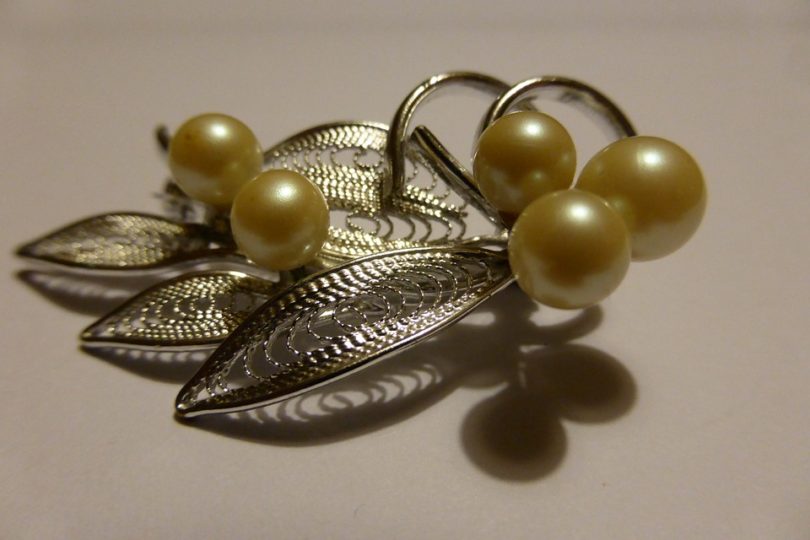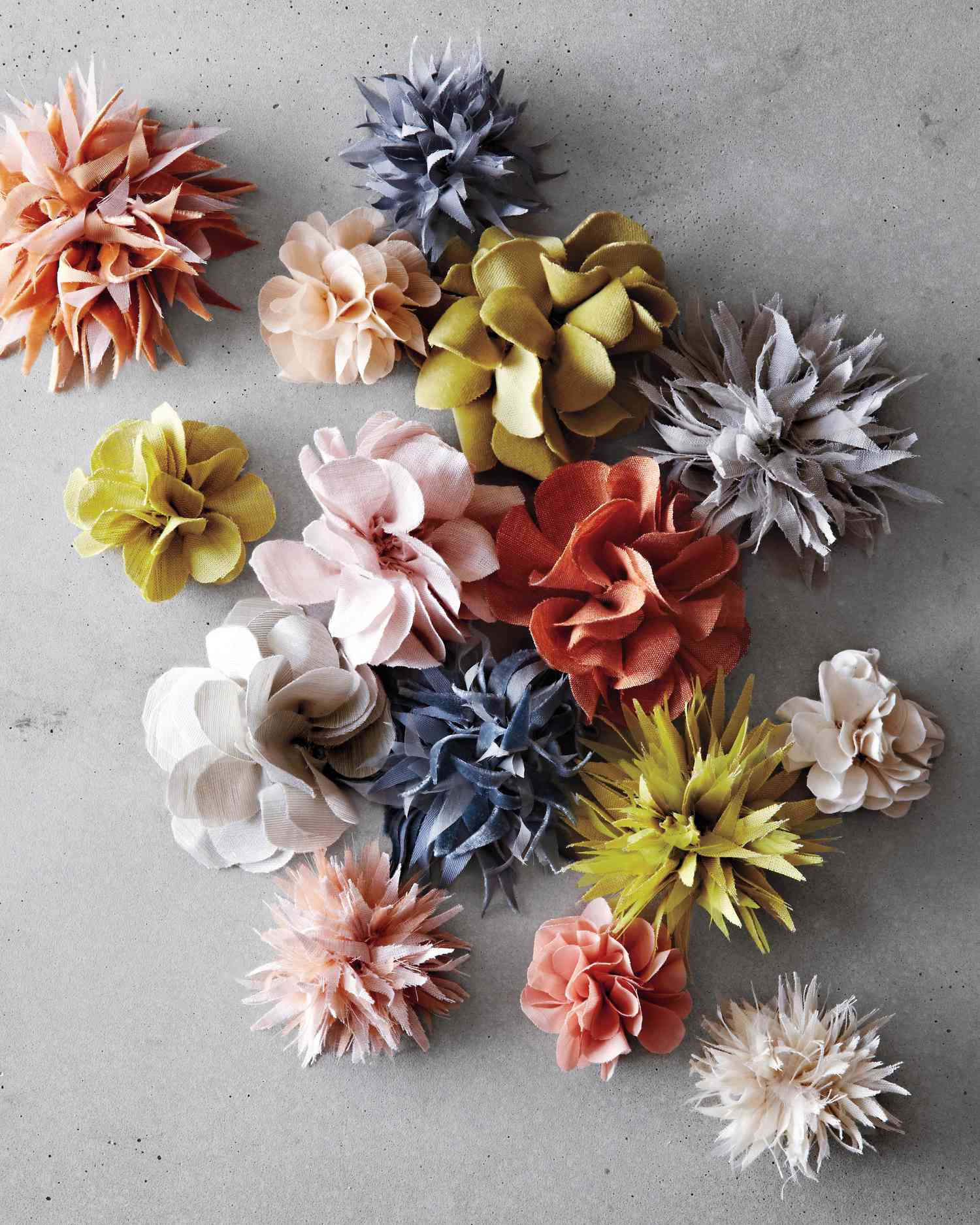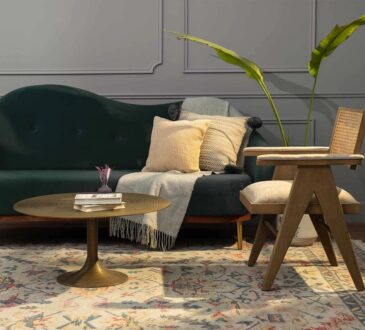

A brooch is broadly defined as a big ornamental hold or pin; however, it can be more particularly termed as a clasp using pin to affixed to the back, or using a hinged pin, as well as catch-plate over the back. The leather brooch has a long history as a functional clasp with excellent decorative significance as a piece of precious jewelry. The body of a brooch can take several dimensions as well as types, and sorts of breastpins can be based on specific shapes, such as shut circles, bars, open or penannular circles, rings, bows, hearts, knots, or crosses, or developed with more abstract types. Similar to any kind of piece of fashion jewelry, the design, products, workmanship, as well as types of embellishment connect several ideas concerning the user and the wearer’s period, as well as religious, cultural, fraternal, or guild affiliations and financial or social placement.
The design of brooches and layout modifications occurs with social and fashion changes, as well as trends. The old brooch was commonly the prime focus of a set. Early breastpins were big and made from strong steels such as silver or bronze to secure heavy wool or leather rose brooch. Because of this, they likewise stood for amongst the most vital, as well as useful things of material culture, as well as after the wearer died, they were buried with them. In the very early Middle Ages, brooches were the most widely used type of jewelry for European ethnic groups, such as Lombards, Germans, Franks, as well as Anglo-Saxons. For all of these factors, lots of ancient brooches have endured. In the tenth with thirteenth centuries, European males and females wore a rounded brooch called an affiche or fermail to attach their outer surcote or mantle.

Spiritual uses include the medieval explorer badges provided or offered to site visitors at a shrine. Made to fulfill different levels of expense, they were put on as evidence of a successful expedition and as a protective beauty. In the 16th century, these badges influenced a type of round breastpin called the enseigne, pinned by Italian males on their hats’ upturned brim. By mid-century, they were used throughout Europe by both males and females. Enseigne were upper-class breastpins made from gold, enclosed by gems, with enameled layouts or sculpted cameos in the center standing for a tutelary or biblical saint’s theme. Various other customized types of breastpins consist of grieving brooches put on from the time of the Center Ages in memory of a departed loved one. These protected a lock of the beloved’s hair behind a glass cover or crystal in the nineteenth century.
After the very early twentieth century, breastpins were largely classified as costume jewelry worn by women for important reasons. Late-twentieth-century trends included putting on brooches from folk or ethnic outfits to denote ethnic identity or display cultural heritage.
To read about more leather accessories, please follow the link.






